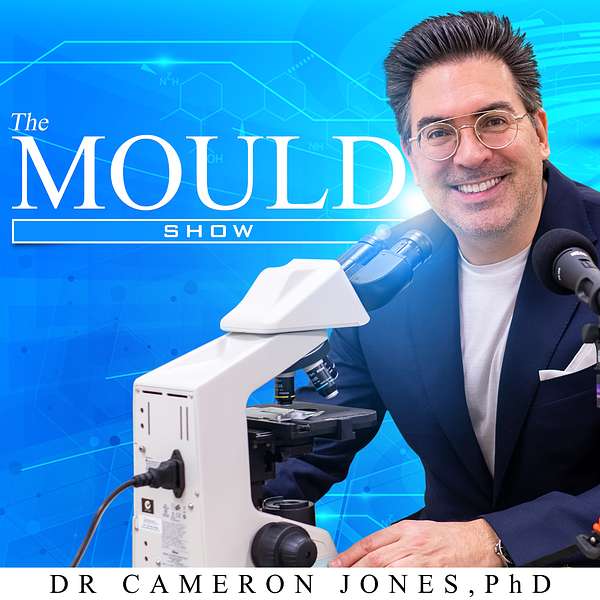
The Mould Show
The Mould Show
DIY Mould Remediation of Paper Documents
In Australia, we're currently suffering from torrential rain all along the east coast, affecting Queensland and New South Wales and potentially moving towards Victoria. Regardless of where you're living, unexpected water damage and mould may be a new problem for you to begin dealing with. This live stream and podcast will focus on how to deal with mould and water damage affecting paper documents. We can all imagine sodden books and libraries underwater, but I'll leave that problem for the archivists. This show segment will focus exclusively on how you can deal with mould contamination of paper documents. To do this, I’ll review a recent paper that came out that looked at how to sterilize paper during a crisis. The authors compared two types of sterilization methods called (1) gamma sterilization which uses radiation to perform cold sterilization and (2) dry heat sterilization. Why this paper is interesting is that all of us have access to dry heat using a convection drying oven.
The scientists performed several types of tests looking at the efficiency of gamma radiation versus dry heat. They discovered that gamma radiation inactivated 100% of the test organisms, including fungi and gram-positive and gram-negative bacteria but what about the efficacy of dry heat? The scientists looked at three temperatures: 100, 150, and 200 degrees Celsius for 15, 30 or 60 minutes. They also looked at the impact of two different sterilization techniques on the structural integrity of the paper using scanning electron microscopy. When we focus only on fungi, (because bacteria are easier to kill) it was shown that a conservative temperature of 100 degrees Celsius for 15 minutes achieved a 97.1% inactivation. This also had the lowest comparative impact on the paper structure.
Obviously, other methods of water damage restoration indoors such as increasing ventilation to provide additional air circulation or the use of a dehumidifier are also valuable methods of dealing with water damage.
The take-home message from this paper is that a convection oven can effectively disinfect and nearly sterilize water-damaged papers using a conservative time and temperature of 100 degrees Celcius for 15minutes.
I hope this information helps any persons dealing with mould contamination of paper documents.
REFERENCES:
Alshammari, F.H., Hussein, HA.A. Sterilization of paper during crisis. AMB Expr 12, 13 (2022). https://doi.org/10.1186/s13568-022-01345-6